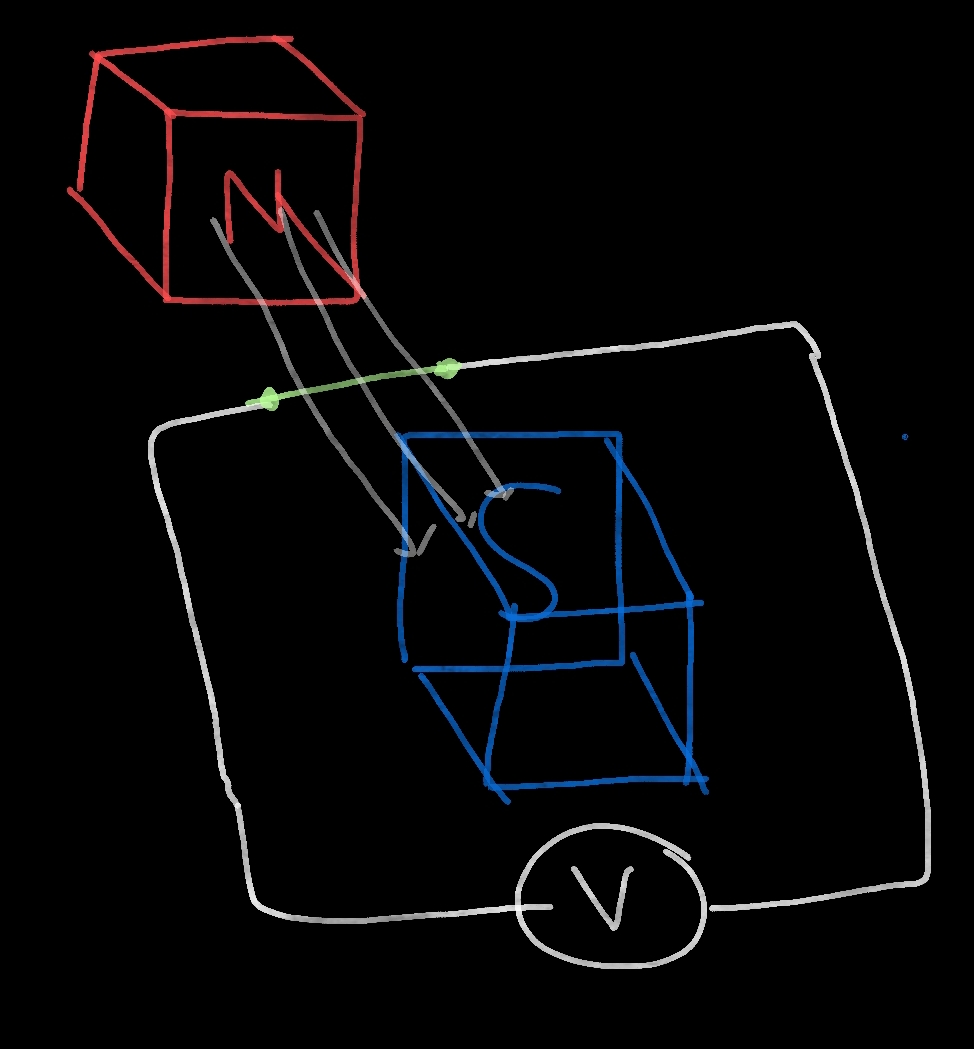Is this not an example of electromagnetic induction?
Faraday, who described electromagnetic induction, would have said, yes, this is an example of electromagnetic induction.
For Faraday, it was the relative motion of a magnet and conductor that caused an induced emf in the conductor. A magnet moving inside a ("stationary") coil, or a coil moving over a ("stationary") magnet were equivalent relative motions, and both produced an EMF in the coil/conductor.
This makes perfect sense from a relativistic point of view. However, Faraday's observations failed to give precise quantitive answers to physical problems involving electromagnetics.
Maxwell solved the quantitative issue by using fields. Unfortunately, with Maxwell's fields, the symmetry between the stationary magnet / moving coil and the stationary coil / moving magnet scenarios was broken. For Maxwell, if the magnet was stationary, the B field did not change, and no E field was induced. Whereas, if the magnet moved, the B field changed with time, and an E field was induced.
In the case of the moving magnetic / induced E field, it was the E field which caused electrons to move within the conductor. In the case of the fixed magnetic field, moving conductor, it was the magnetic field (B) that caused the electrons to move within the conductor, via what we now call the Lorentz force.
Einstein restored the relativity of motion in Maxwell's theory by positing that the geometric properties of the fields depend upon the inertial frame of the observer. There is one electromagnetic field, that is seen in any frame to have an electric field component, and a magnetic field component. In different inertial frames, the division into electric components and the magnetic components appear differently. What is primarily a magnetic phenomenon in one frame of reference is primarily and electric phenomenon in another, and vice versa.
Also why doesn't the Lorentz force act on the protons?
The Lorentz force does act on protons. Protons have charge, and thus the Lorentz force acts upon them. But in a solid metallic conductor, the protons are bound inside the nuclei of atoms, and the atoms are bound inside a solid structure. Atoms may move slightly relative to their neighbors, but they do not slip past one another as in a liquid or gas. Some of the electrons in a metallic solid, however, are free to move about hither and thither in within that metallic solid. Those electrons which are free to move about are said to be in a conduction band. But not all the electrons in the metallic solid are so free. Others are in orbitals bound to individual atoms. Electromagnetic fields will cause the orbitals bound to individual atoms to distort, but the electrons in those orbitals will stay with that atom (unless they are given sufficient thermal energy to move from that orbital into the conduction band). Thus, the different effects an electromagnetic field has upon conduction band electrons vs protons and non-conduction band electrons is not due to any difference between how electro-magnetic fields act upon electrons vs protons, but to the different mobility of these two kinds of charged particles.
If we take that into account then there should be no separation of charges in the wire whatsoever.
As explained above, some of the electrons are free to move throughout a metallic solid, while there are no positive charges that are free to do so. This permits charges to be separated by an electromagnetic field.
 When we move a wire upwards through a uniform magnetic field, the magnetic flux does not change. If we consider the equation for magnetic flux which is:
When we move a wire upwards through a uniform magnetic field, the magnetic flux does not change. If we consider the equation for magnetic flux which is: